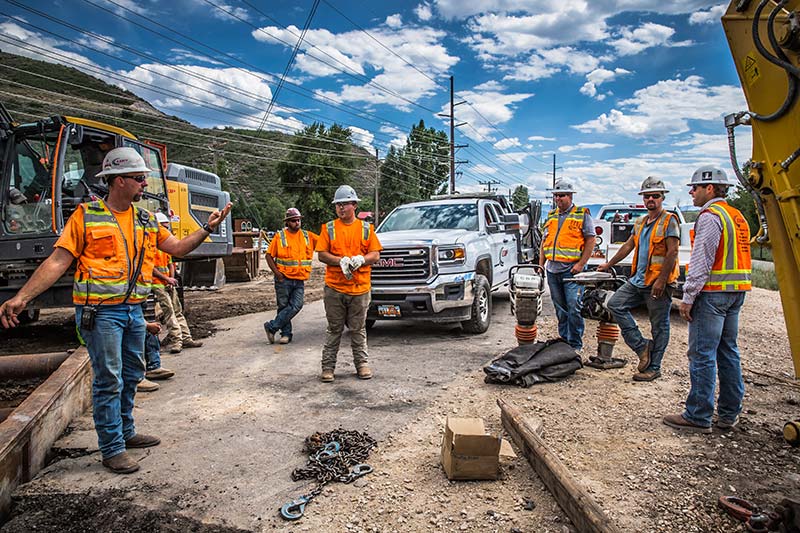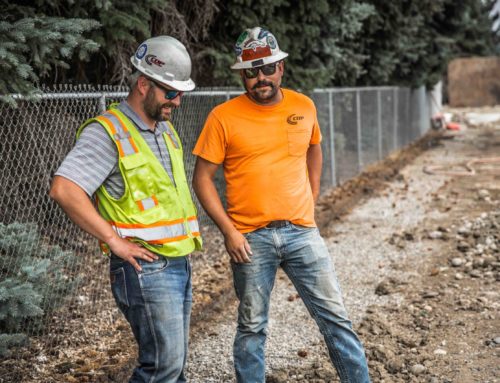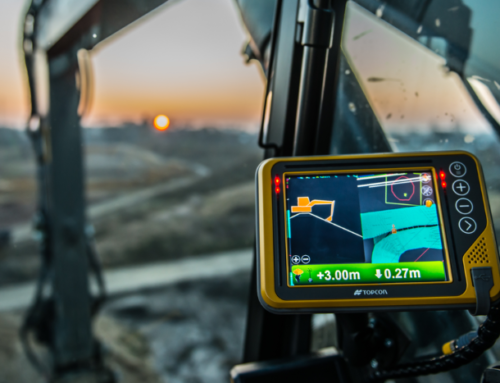Today’s construction crews are comprised of both men and women with vastly different backgrounds and experience. These workers are also more diverse in age than ever before. With many people working longer and delaying retirement, some crews can include as many as four different generations working together.
Each of these generations brings their own life experience, work style, communication style and expectations to the job. So, with such highly diverse backgrounds and work styles, how can construction companies successfully manage these crews to ensure productivity, achieve the company’s objectives, and provide a satisfying work environment that motivates and retains good employees?
First and foremost, it helps to understand the characteristics of these generations. In today’s workplace there are typically 4 generations: Baby Boomers, Generation X, Millennials, and Generation Z. There may be a few Traditionalists – born from 1925 to 1945 – remaining, but they are few and far between.
- Baby Boomers – The oldest of the generations on the construction payroll are often Baby Boomers. Born from 1946 to 1964, these workers are often highly experienced and have worked their way up through the ranks into leadership positions. Their experience puts them in a position to be effective trainers, coaches and mentors to younger generations. These leaders are also well-versed in meeting with clients, planning strategy and writing proposals.
- Generation X – Like their Baby Boomer coworkers, many Gen Xers – born from 1965 to 1980 – have a good deal of experience and have worked their way into supervisory roles. Having grown up as technology was starting to boom, this generation tends to be more comfortable with digital technology than their predecessors. These workers tend to do well with advanced machinery and computers.
- Millennials – Born from 1981 to 2000, Millennials grew up in the age of social media and online technology. They were also entering the workforce as the evolution to flexible work schedules and remote work began to take hold. Like the generations to come, they value social responsibility, diversity, and work-life balance. They tend to be interested in “green” projects and sustainability and rely on technology for pretty much everything.
- Generation Z – The wave of the future, Gen Zers – born from 2001 – 2020 – are just entering the workforce and will provide the pool of workers for decades to come. They have been raised on technology and tend to value diversity, social justice, and above all, work-life balance. They look for jobs where they can multitask, rather than do one thing day-in and day-out, and like to work somewhat independently.
Effectively managing this diverse, multigenerational workforce is a challenge for many construction companies, but can be a key factor in the businesses’ growth and success. Here are 5 tips to get you started:
- Recognize shared values. When it comes right down to it, people are people and ultimately, every generation is looking for the same thing – to earn a good living, be recognized for their work, and enjoy where they work and the people they work with. The goal of each generation is basically the same; the difference is more a matter if how they operate. So, while there are differences in style and preferences that need to be addressed, it is important to acknowledge that the generations may have more in common than we think.
- Play to each groups strengths – don’t treat everyone the same way. This concept may seem to go against everything you know. But, in the end, recognizing what makes each group tick, playing to their strengths, and recognizing their challenges can create harmony and lead to increased productivity of multigenerational teams. For example, older employees may need more training and guidance to adapt to new technologies being used, while younger employees may need to figure it out for themselves. In addition to on-the-job skills, the personal needs of the generations may also differ – so there is a great need for flexibility in the way employees are treated. For instance, younger workers may have issues with children and child care, while older workers may require time off for health-related issues and/or doctor appointments. No matter what their needs, it is important to meet each employee “where they live” and provide the flexibility each needs to be productive and satisfied in their jobs. One way to go about this is to survey employees to find out what they want.
- Be careful not to stereotype. There are many social stereotypes that accompany each generation. For instance, the older generations may be stereotyped as rigid and stuck in their ways, while the younger generations are rumored to be entitled and lazy. When it comes to the construction crews and even your office staff, each and every crew member should be treated equally and evaluated on their individual merits – not on generational stereotypes.
- Purposefully create multigenerational work teams and encourage knowledge sharing. Creating opportunities for employees of different experience levels to share information is a smart way to eliminate the stereotypes that each generation may have of the other and help each generation feel like an integral part of the team. Developing “mixed” teams that pair younger employees with older ones not only fosters an atmosphere of understanding between generations, but gives each generation the opportunity to show their strengths and learn new skills from each other.The same results can be realized by creating mentorship programs which emphasize one-on-one relationships between the generations.
- Communicate. Communicate. When dealing with a range of generations, communication may be the most important factor in keeping everyone safe and productive. This may mean using a combination of communication vehicles in order to effectively reach your diverse workforce. Different people tend to consume information differently. So, that email you send to all employees may not cut it as your only form of communication. The younger generation relies on texts and instant forms of communication – not to mention abbreviations, informal language, etc. – so if you want to reach them, you may have to alter the way you connect with them. Remember, keeping everyone on the same page in terms of priorities, deadlines, and changes is the key for teams to work well together. Bottom line: you may need to vary your communication style based on your audience.
When it comes to managing multigenerational workforces, construction managers may need to alter their practices and make an extra effort to facility harmony, productivity, and employee satisfaction. The key is to look at each crew member both individually and as a part of the team to determine what will work best for one and all. It may take a little extra effort, but the payoff will be huge!





